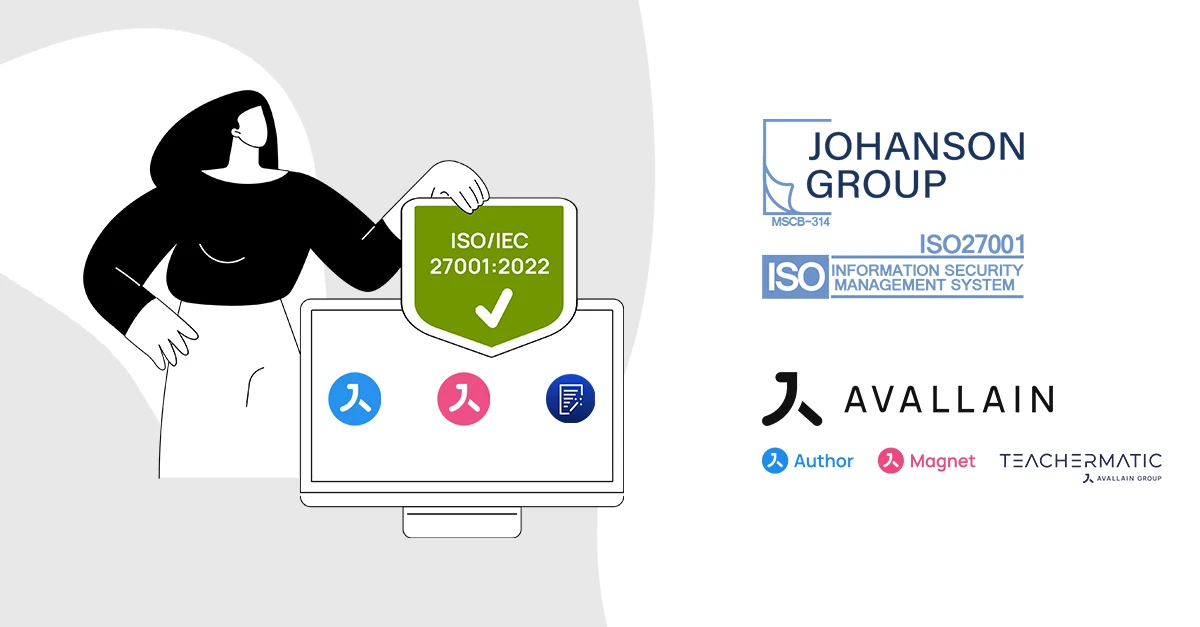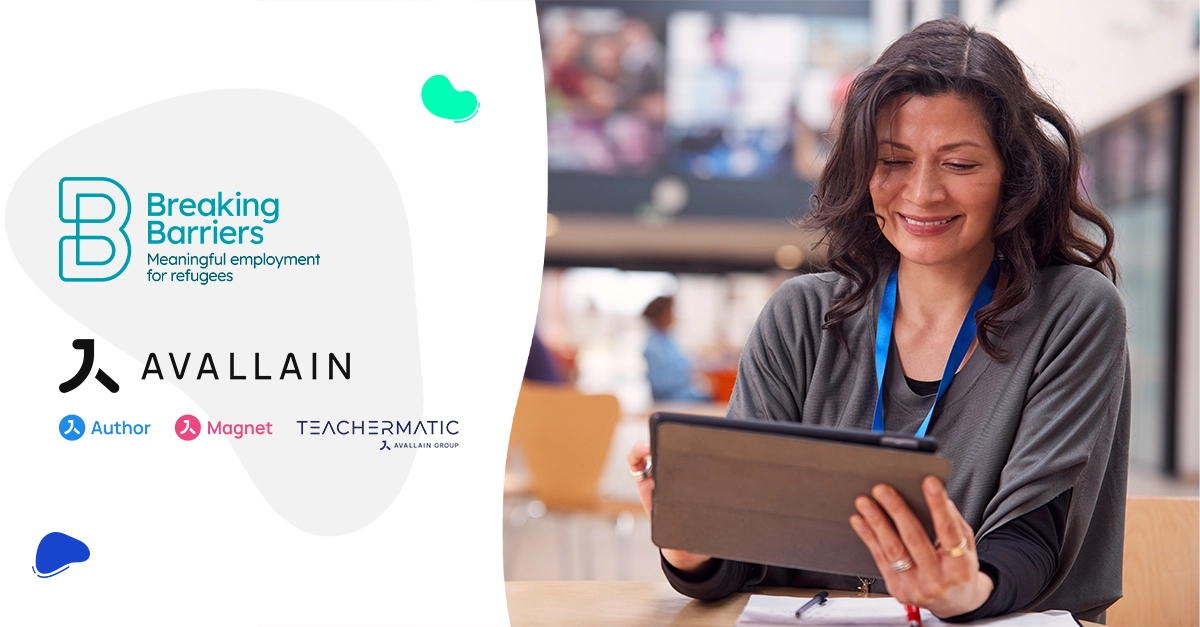
5 min read
2016/12/07
The concept of gamification may have been around since as early as the 6th century BCE – when military leaders in ancient China practised strategy with the game Go1 – but the term gamification itself wasn’t coined until 2003. Since that time, it has most often been used to refer to the process of applying game-based thinking and techniques to otherwise non-game situations, particularly in the fields of technology and edtech. Some consider applied gaming and gameful design to be synonyms of gamification.
The gamification process often results in serious games, which are not called serious because they lack fun. On the contrary, many serious games are great fun, but fun and entertainment are not their primary purpose. Instead, serious games aim to precipitate changes in learners in anything from skills and knowledge to health and wellbeing.2 In serious games, game techniques are applied to content to engage learners, and intrinsic motivation is elicited to spur sustained change.
What drives intrinsic motivation? Not points.
Intrinsic motivation is driven by “autonomy, mastery and purpose” (Pink, 2011): learners want to self-direct their learning; improve their knowledge and skills; and learn about and do meaningful things.3 Well-designed serious games allow learners to do all of those things, all without fear of failure or embarrassment. They also help avoid or decrease many of the time, cost, safety and organisational constraints often involved with learning and training.
There is some belief that simply adding a system of points or rewards to a product will gamify it, but we believe this is a trivialisation of gamification. Some experts refer to this process as “pointification” and don’t consider it gamification at all. Additionally, some research shows that incorporating only extrinsic motivators such as points can actually detract from learning and motivation.3 In order to develop intrinsically valuable gamified products, content must be gamified by mindfully incorporating game elements such as characters, stories, challenges and levels to predetermined learning objectives.4
Intrinsically motivating and award-winning: gamification at Avallain
Avallain Author and Avallain Unity give our clients the opportunity to gamify content by incorporating these and other game elements into their products. Pearson, for example, used Avallain Author to create rich interactive digital content including quests, games and songs for the language-learning adventure game, Poptropica English. Richmond, another of our clients, used Author to create Spiral, a virtual learning environment packed with interactive activities, games, cartoons and animated stories. And Oxford University Press has been using Avallain Author and Avallain Unity to create and support Oxford Owl, an award-winning learning management system that offers gamified educational content for both students and parents. All three of these serious game projects incorporate intrinsic motivators and engage learners with fun game-based activities.
We also collaborated with Deutscher Volkshochschulverband, the German Adult Education Association, to produce ich-will-lernen.de, a story-based, levelled game that teaches basic skills in German, English and maths. The content was gamified into a digital board game with levels that the learner must work through in order to help a character solve challenges. The addition of game elements to the educational content has proved highly successful in engaging learners, and the project has won multiple awards.
Putting game elements to work; playing to learn on the job
Gamifying since before the term gamification was coined, we’ve had experience adding game elements not just to educational content, but to hands-on job training content, as well. For instance, with Elsevier and Nestlé, we created scenario games, also known as story-based games, for teaching and training employees. For Elsevier, we created a scenario game that trains learners to administer ultrasound scans, and for Nestlé, we created a scenario game that allows workers to virtually tour and learn about factories and procedures. Both games elicit intrinsic motivation by giving employees the chance to self-direct, learn at their own pace, practise without fear and succeed in a virtual version of their workplace before having to actually perform tasks on the job. Additionally, game elements such as characters, stories and quizzes engage the learners and make the learning experience more accessible and enjoyable.
Gamification tools tailored to fit your educational design
Avallain Author and Avallain Unity support creativity and intrinsically motivated learning by offering authors much more than just a simple list of features like points, levels or time limits. With our tools, authors can add game elements to their content based on their own educational objectives instead of having to adapt their objectives to fit the tools. Our gamification technology is designed to be easy to use and customise, saving our clients time and money while still allowing their creativity to flourish. We tailor the technology to fit the concept, and not the other way round.
1 Deterding, Christoph Sebastian (2016). Make-Believe in Gameful and Playful Design. In: Digital Make-Believe. Human-Computer Interaction. Basel, Switzerland: Springer. pp 101-124http://eprints.whiterose.ac.uk/100127/1/Deterding_2016_Make_Believe_Gameful_Playful_Design.pdf
Halter, Ed. (June, 2006) From Sun Tzu to Xbox: War and Video Games. New York New York: PublicAffairs.
2 McCallum, Simon (2012). Gamification and Serious Games for Personalized Health.http://citeseerx.ist.psu.edu/viewdoc/download?doi=10.1.1.465.3239&rep=rep1&type=pdf (pg 86-87)
3 Pink, Daniel H. (2011) Drive: The Surprising Truth About What Motivates Us. Riverhead Books.
Wikipedia (2016). Drive: The Surprising Truth About What Motivates Us.https://en.wikipedia.org/wiki/Drive:_The_Surprising_Truth_About_What_Motivates_Us Accessed Oct-Nov 2016.
4 Kapp, Karl (2012). Future of Learning: Games and Gamification. Slideshare.http://www.slideshare.net/kkapp/future-of-learning-games-and-gamification Accessed Oct-Nov 2016.
Marczewski, Andrzej. (2012). Gamification and stuff. Slideshare.http://www.slideshare.net/daverage/gamification-and-stuff Accessed Oct-Nov 2016.
Kapp, Karl M. (2012). The Gamification of Learning and Instruction: Game-based Methods and Strategies for Training and Education. San Francisco, CA: Pfeiffer.
Walz, Steffen P. & Deterding, Sebastian (2015). The Gameful World: Approaches, Issues, Applications. Cambridge, MA: MIT Press.
Zac Fitz-Walter. A brief history of gamification. http://zefcan.com/2013/01/a-brief-history-of-gamification/Accessed 24 Oct. 2016.
Dichev, Christo; Dicheva, Darina; Angelova, Galia; Agre, Gennady (2014). From Gamification to Gameful Design and Gameful Experience in Learning. In: Cybernetics and Information Technologies, Vol. 14, No. 4. Sofia, Bulgaria: Bulgarian Academy of Sciences. pp 80-100 http://www.cit.iit.bas.bg/CIT_2014/v14-4/7-15-CIT2014-Dichev%20_1_-m-Gotovo.pdf
Sitzmann, Traci. A Meta-Analytic Examination of the Instructional Effectiveness of Computer-Based Simulation Games. University of Colorado Denver. In press at Personnel Psychology.http://www.ucdenver.edu/academics/colleges/business/about/Faculty-Research/workingPapers/test/Sitzmann_Traci_Simulation%20Games%20Meta-Analysis.pdf


